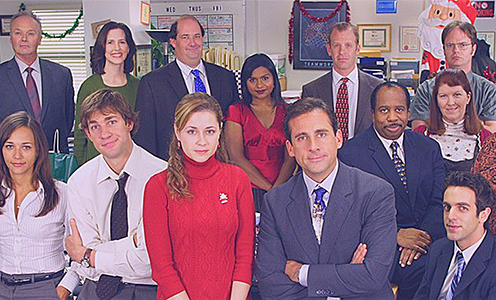Every team has its own way of communicating, its own communication norms. These norms can either ensure new ideas are shared and team relationships are built and nurtured in a productive, respectful manner, or they can go the other way and jeopardize the success of the team.
At the end of last year, I worked with a team of six to help them think through how they’re currently communicating and determine what they want to start doing, stop doing, or do more or less of in order to be a more effective team. At the beginning of the process, the group noted that “nothing is broken but we think we can do better.” From the feedback I gathered for them from their key stakeholders, including those who they interact with on other teams, I agreed – nothing is broken. But the stakes were high and this team was committed to following the best communication norms for their optimal success.
Before we gathered for the first time, I asked them to observe how they communicate:
- Who talks to whom?
- When is communication more formal/less formal?
- Do you prefer communicating face-to-face, via email, by telephone, or another way?
- Are people communicating directly or through others?
- How do people communicate in meetings?
- How do people disagree?
- How do you come to agreement?
Not surprisingly, I got some different answers from these team members because how we communicate is connected to our personality type and communication style preferences. For instance, some of us are direct, bottom-line communicators; we don’t need to hear the details. Others are listening for the details and without them they can’t reach agreement and shouldn’t be held accountable because they need more information to be fully invested. Others of us need more time and want to think broadly, outside the box, and be sure we’re looking at all the possible options. And finally, there are those of us who prefer a more personal hands-on style of communicating: how will this impact me, my colleagues, my customers? Obviously we’re all different people, and when we clarify team communication norms we need to be sure to take this into account. We may need to flex our preferred ways of communicating to our teammates’ styles and have clear ways we ensure all are heard and all are in agreement.
This team identified accountability as the most important thing to focus on. The team members wanted to be sure their communication norms supported this goal. Accordingly, we stepped back to look at how this group shares information so that everyone was getting the information he or she needed. We focused on how the team comes to agreement, including clarifying next steps to ensure accountability. Based on their different communication style preferences and their heavy use of e-communications as opposed to face-to-face or via phone, the team members agreed to check in with each person individually at weekly team meetings to ensure team members had the information they needed in order to make decisions. They agreed to a specific method for reaching agreement and handling conflict (there are several ways that work well for teams; key is that the team agrees on a best practice) and they decided to use a shared e-calendar to include all the next steps, including ongoing check-ins, to ensure accountability. Finally they agreed to hold the last 10 minutes of every meeting for this accountability process.
Over the last two months, I’ve gotten feedback from all six team members that they believe the team is communicating more respectfully because they’re considering each other’s communication needs and are committed to the shared goal of having a greater impact. Their bottom line is that how they communicate is critical for ensuring team success – whether they are creating a new program, making a process change, or planning their office holiday party.
How does your team communicate – what’s working and what’s not?




